
Drugged driving is a growing concern that presents unique challenges for law enforcement across the nation, from Tennessee to Florida and Colorado. With evolving drug policies, including the legalization of marijuana in some areas, the task of identifying impaired drivers has become more complex than ever. Police officers are trained with a sophisticated toolkit of methods and technologies to ensure our roads remain safe for everyone and to protect innocent lives from preventable tragedies.
Understanding these intricate methods is crucial not only for law enforcement professionals who are on the front lines but for every responsible driver. These techniques range from subtle observations made during a routine traffic stop to highly advanced scientific tests performed by specialized personnel. Each step in this comprehensive process is meticulously designed to piece together a compelling and accurate picture of a driver’s state behind the wheel, ultimately confirming whether they are indeed under the influence of drugs.
In this in-depth exploration, we’ll peel back the curtain on the 12 primary ways police officers detect drug-impaired drivers, offering a practical and accessible guide to their operational strategies. We’ll start by examining the immediate, observable cues that first catch an officer’s trained eye, then progress through the standardized field sobriety tests specifically designed to assess coordination, balance, and mental focus. Our goal is to provide a clear, authoritative understanding of these essential tools that safeguard our communities against the increasing threat of impaired driving.
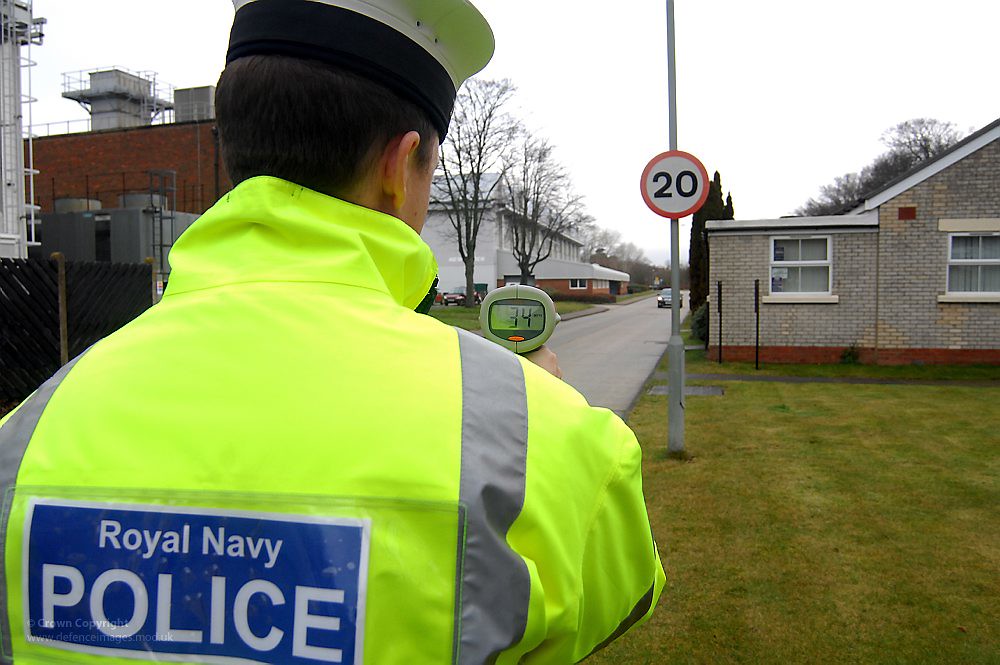
1. **Observing Erratic Driving Behavior**The first line of defense against drug-impaired driving often begins before an officer even initiates direct contact with a suspect. Police are highly skilled at noticing erratic driving behaviors that serve as strong indicators of impairment. These initial observations are frequently the primary justification for a traffic stop, laying the critical groundwork for any subsequent investigation into a driver’s sobriety.
Common patterns that immediately raise suspicion and might lead an officer to pull a driver over include persistent swerving or weaving between lanes, clearly indicating an inability to maintain a steady and predictable lane position. Other glaring red flags are sudden, unprovoked stops or abrupt accelerations, which are often jerky or inconsistent movements that disrupt the flow of traffic. Driving significantly slower than the posted speed limit, or varying speeds erratically without apparent reason, can also be a telltale sign.
These behaviors are more than just minor traffic infractions; they are often critical clues revealing that a driver’s fundamental ability to safely operate a multi-ton vehicle is severely compromised. An individual under the influence of drugs struggles with the complex, multi-tasking demands of driving, leading directly to these observable inconsistencies. Recognizing these hazardous patterns early is a fundamental and proactive step in preventing potential accidents and ensuring the broader public safety of everyone sharing the road.
Read more about: The Hidden Costs of Going Electric: 12 Charging Infrastructure Nightmares That Can Turn Your EV Into a Money Pit
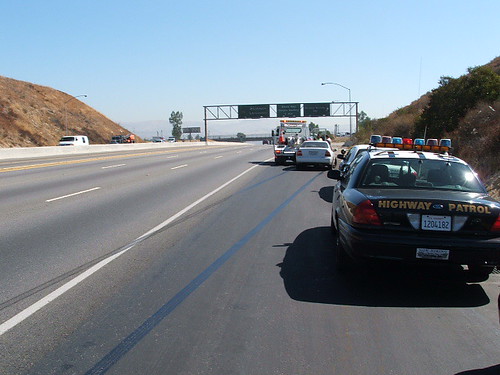
2. **Detecting Visible Physical Signs of Impairment**Once a driver is successfully pulled over and the officer engages in a face-to-face interaction, their observational skills pivot to more direct and telling physical cues. These visible signs can strongly suggest drug impairment, providing tangible and immediate evidence to bolster an officer’s initial suspicion. Officers undergo extensive training to identify and interpret these specific physiological responses effectively.
One of the most common and easily identifiable signs is the appearance of bloodshot or watery eyes, frequently associated with marijuana use, antihistamines, and certain other depressant drugs. Conversely, the size of a driver’s pupils can offer critical clues: dilated pupils are often indicative of stimulant use (like cocaine or methamphetamine), while constricted pupils typically point towards opioid influence. A flushed face, characterized by redness, might also be a general sign of various types of intoxication.
Beyond the eyes and facial complexion, officers also meticulously observe for tremors or shaking, which are commonly seen with stimulant use, indicating an over-stimulated nervous system. Furthermore, the presence of unusual odors, such as the distinct smell of marijuana, burnt chemicals, or other drug-related scents emanating directly from the vehicle’s interior or the driver’s person, can be an exceptionally significant indicator of recent drug consumption. These physical manifestations help officers decide whether further testing is warranted.
Read more about: Unmasking the Silent Threat: How to Spot a Slow Tire Leak Early, Without a Gauge, Like a Pro

3. **Assessing Driver’s Behavior and Speech**Beyond physical appearances, a skilled officer will meticulously assess the driver’s overall behavior and speech patterns during the initial roadside interaction. These behavioral and verbal cues offer vital insights into a driver’s cognitive state, emotional regulation, and their fundamental ability to comprehend and follow instructions—all capacities that are frequently compromised by the influence of drugs. This aspect of detection heavily relies on an officer’s extensive experience and specialized training.
Indicators of drug impairment often manifest as slurred or noticeably slow speech, where the driver may struggle profoundly to form coherent sentences or articulate their thoughts clearly and efficiently. This can range from a thick-tongued utterance to a hesitant, drawn-out manner of speaking. Another critical sign is overt confusion or disorientation, evidenced by trouble understanding even simple questions or struggling to follow basic, straightforward instructions provided by the officer, indicating a significant breakdown in cognitive processing.
Furthermore, officers are trained to look for pronounced signs of paranoia or agitation. A drug-impaired driver might exhibit excessive nervousness, characterized by fidgeting, restlessness, or an inability to maintain eye contact. Alternatively, they might display uncharacteristic aggression, defensiveness, or even an unusual, almost detached calmness that seems entirely disproportionate to the stressful situation of a traffic stop. These behavioral inconsistencies are powerful signals that the driver’s mental faculties and judgment may be significantly impaired by drug use.
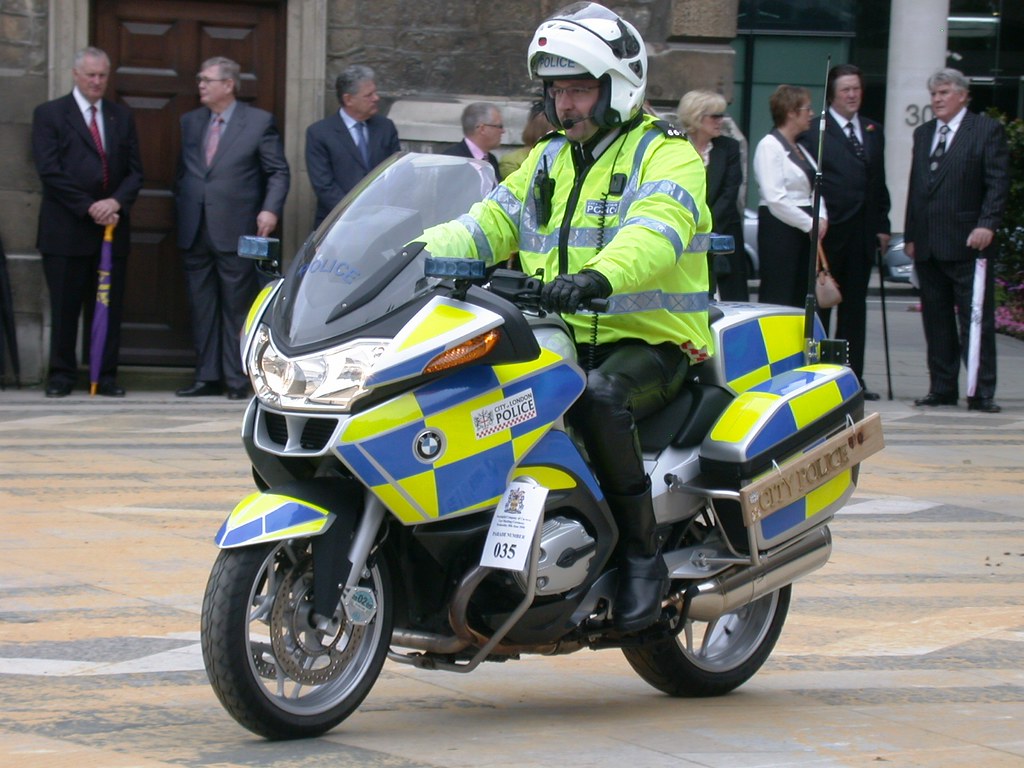
4. **Horizontal Gaze Nystagmus (HGN) Test**Moving into more structured and standardized assessments, the Horizontal Gaze Nystagmus (HGN) test stands as one of the three foundational field sobriety tests (FSTs) officially recognized and standardized by the National Highway Traffic Safety Administration (NHTSA). This highly specific test is designed to assess involuntary jerking of the eyes, known as nystagmus, which can be a key physiological indicator of impairment not only from alcohol but also from various types of drugs that affect the central nervous system.
During the administration of the HGN test, an officer utilizes a small, distinct object—such as a pen tip or the beam of a flashlight—and moves it smoothly from side to side across the driver’s field of vision. The driver is given precise instructions to follow the movement of this stimulus with their eyes only, strictly without moving their head. Throughout this process, the officer intently observes the driver’s eyes for specific, involuntary responses related to nystagmus.
Officers are specifically trained to look for three primary clues of impairment in each eye. These include: the lack of smooth pursuit, where the eye cannot follow the moving object smoothly but rather jerks or jumps; distinct and sustained nystagmus when the eye is held at its maximum deviation; and the onset of nystagmus prior to the eye reaching a 45-degree angle from the center. The presence and extent of these involuntary jerking motions, which a driver simply cannot consciously control, typically become more pronounced and easier to detect with higher levels of impairment. This test provides an objective and measurable indicator of physiological disruption.
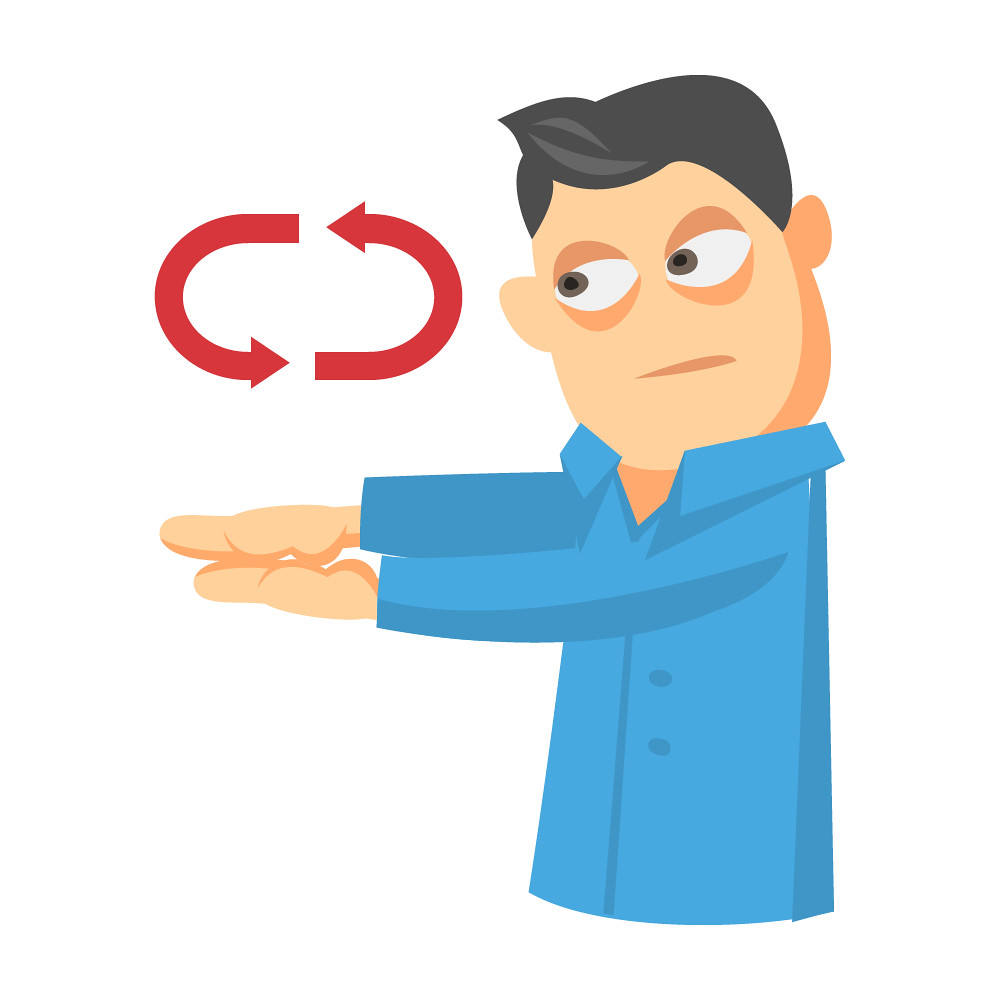
5. **Walk-and-Turn (WAT) Test**The Walk-and-Turn (WAT) test represents another integral component of the standardized field sobriety test battery, meticulously designed to evaluate a driver’s ability to maintain balance, exhibit precise coordination, and accurately follow a series of multi-step instructions simultaneously. These are all complex capacities that can be significantly diminished or entirely compromised by various forms of drug impairment, making the WAT test a robust indicator of a driver’s compromised state. This test inherently requires both significant physical dexterity and sustained mental attention.
For the WAT test, the driver is issued a detailed sequence of instructions: they must walk nine heel-to-toe steps along a straight line, then execute a precise turn (often specified as a series of small steps on one foot), and subsequently walk back the same nine heel-to-toe steps. Crucially, the officer provides a demonstration of the test to ensure clarity. Throughout the driver’s attempt, the officer carefully observes for specific “clues” or deviations from the correctly instructed performance, which indicate impairment.
The specific signs of failing the WAT test are well-defined. These include an inability to maintain balance during the instruction phase, starting the test before instructions are fully given, stopping while in the act of walking to regain composure, failing to touch heel-to-toe with each step, stepping off the designated straight line, using arms excessively for balance, making an improper or awkward turn, or taking an incorrect number of steps. Any of these errors, or a combination thereof, can strongly suggest that a driver is impaired and consequently unable to perform these seemingly simple physical and cognitive tasks effectively and safely.

6. **One-Leg Stand (OLS) Test**Rounding out the trio of NHTSA standardized Field Sobriety Tests is the One-Leg Stand (OLS) test. This assessment is particularly effective because it further intensifies the challenge to a driver’s static balance and their ability to divide attention between a sustained physical task and a concurrent mental task. This dual demand makes the OLS test an excellent and revealing indicator of drug impairment, as it requires a blend of physical control and mental concentration often lacking in impaired individuals.
In the OLS test scenario, the driver is precisely instructed to stand with one foot raised approximately six inches off the ground, ensuring both arms remain at their sides for the duration. Simultaneously, they must count aloud by thousands (for instance, “one thousand-one, one thousand-two, one thousand-three, and so on”) for a continuous period of 30 seconds, or until the officer instructs them to stop. Throughout this demanding 30-second interval, the officer meticulously watches for a distinct set of clues that signal impairment.
Officers specifically look for four primary indicators of impairment during the OLS test. These include: noticeable swaying while attempting to balance on one foot, using arms excessively for balance (raising them six inches or more from the body), hopping on the standing foot to maintain equilibrium, or prematurely putting the raised foot down onto the ground before the full 30-second period is completed. Any manifestation of these clues provides concrete evidence of compromised motor control and diminished cognitive function. The OLS test directly measures a person’s ability to maintain physical equilibrium and sustain mental concentration.
Beyond initial observations and standard field sobriety tests, law enforcement employs advanced techniques to definitively determine drug impairment. These specialized evaluations and sophisticated chemical tests are crucial for building a comprehensive and accurate picture of a driver’s state. The evolution of drug policies, alongside the opioid crisis, has spurred the refinement of these detection methods, ensuring officers have the necessary tools to keep our roads safe from the complex threat of drugged driving.
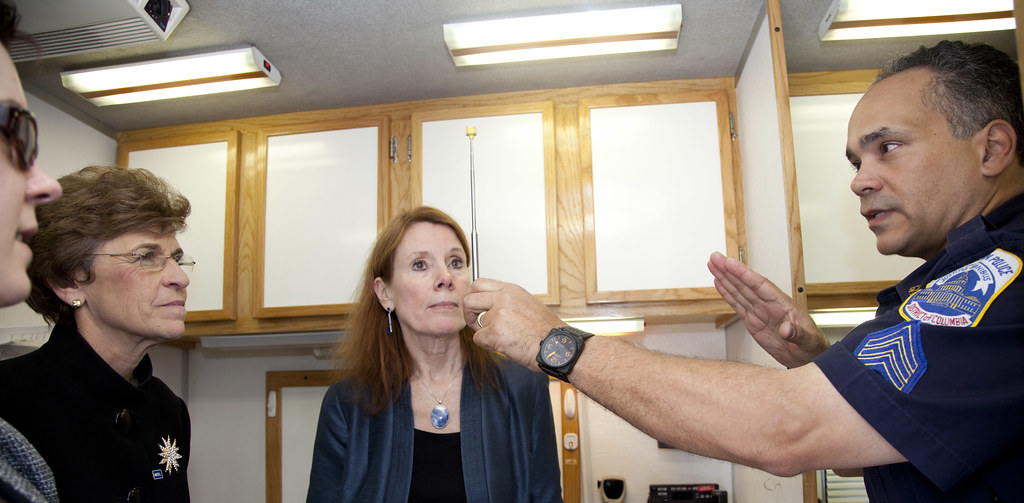
7. **Drug Recognition Experts (DREs) and Their Comprehensive Evaluation**When a situation warrants a more in-depth assessment than standard field sobriety tests, a specially trained individual known as a Drug Recognition Expert (DRE) may be called to the scene. These experts undergo rigorous training to identify drug impairment through a highly structured 12-step process, going far beyond what a general patrol officer typically performs. This systematic approach allows DREs to piece together a nuanced understanding of potential impairment.
The DRE evaluation includes a detailed physical examination, a focused interview with the suspect, and meticulous observations of their overall behavior and physical state. This multi-faceted assessment allows the DRE to correlate specific physiological signs with different categories of drugs, making their conclusions more precise. They are equipped to identify the effects of various substances on the body.
Crucially, DREs check vital physiological signs like blood pressure and pulse, which can be altered by drug use. They also pay particular attention to the suspect’s eyes, examining pupil size and reaction to light for specific signs of drug influence. This granular observation and analysis helps compensate for the inherent shortcomings of regular sobriety tests, which may not catch all types of drug impairment.
While DREs are considered experts, their evaluations rely heavily on subjective observations and interpretations. These findings can, and often are, challenged in court. Nevertheless, their specialized expertise provides a vital layer of advanced detection when addressing the complexities of drugged driving, offering a more thorough assessment where impairment is suspected.

8. **Chemical Confirmatory Tests: The Precision of Blood Analysis**If drug impairment is suspected after roadside observations and field tests, officers will typically request a chemical test for definitive confirmation. Among the various chemical tests available, blood tests are widely considered the most accurate and reliable method for detecting drugs in a person’s system. They offer a direct measure of active drug compounds and their concentrations.
Blood tests can identify a wide spectrum of illicit substances, including marijuana, cocaine, opioids, and various impairing prescription medications. This precision provides objective, scientific evidence, corroborating an officer’s observations and earlier field assessments. The ability to quantify drug levels makes blood tests particularly potent in legal proceedings, offering clear evidentiary strength.
However, blood tests present practical considerations. They are an invasive procedure, requiring a medical professional to draw a sample, which can be inconvenient. Another challenge is the potential time lag; tests may not be administered until hours after a stop. This delay can affect results, as drug concentrations change, making it harder to establish impairment at the exact moment of driving.
Refusing a chemical test can have serious legal implications, such as automatic license suspension in many jurisdictions. Despite their accuracy, factors like improper sample handling, lab errors, or the presence of legally prescribed medications can complicate results. Expert legal counsel is often essential to navigate the interpretation of blood test findings effectively.
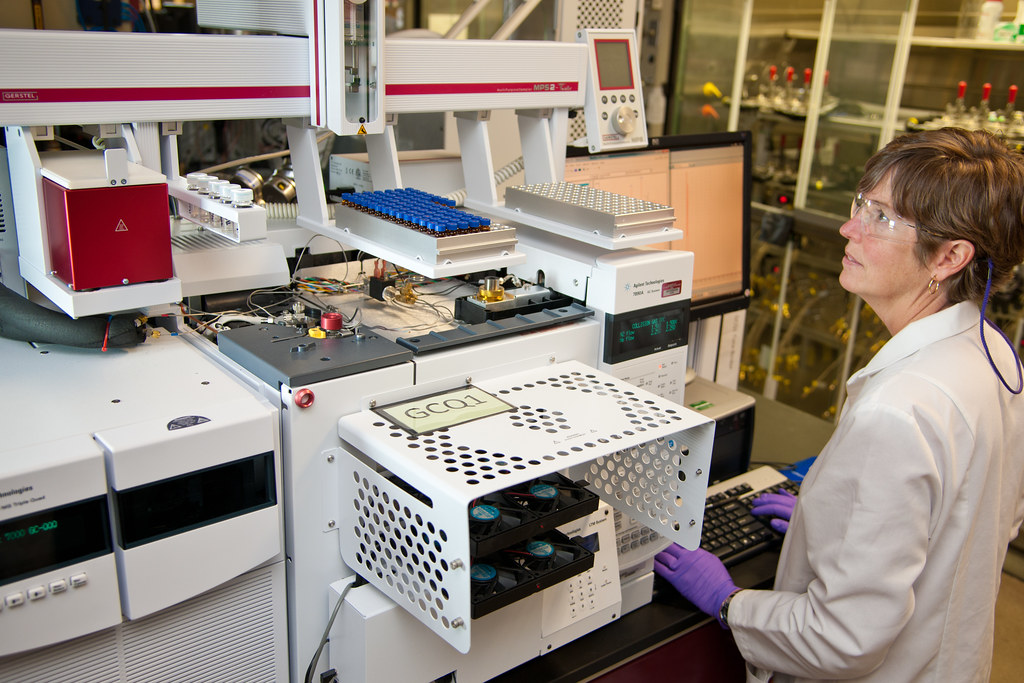
9. **Chemical Confirmatory Tests: Insights from Urine Analysis**Urine tests are another common method employed by law enforcement to detect drugs in a driver’s system. Less invasive than blood draws, they offer a practical alternative for confirming drug use. While widely utilized, urine tests have specific advantages and limitations that officers and legal professionals must carefully consider.
These tests effectively identify a broad range of drugs and their metabolites, confirming recent substance consumption. They provide a quick initial screening, helping to narrow down potential drug categories. The ease of collection and processing makes them a viable option when immediate, quantitative blood testing is not feasible or necessary for initial detection, offering flexibility in roadside scenarios.
However, a significant limitation of urine tests is their reduced ability to determine the exact level of impairment at the time of driving. Unlike blood tests measuring active drug concentrations, urine tests primarily detect drug metabolites. These breakdown products can remain in the system for days or weeks after the psychoactive effects have worn off. Thus, a positive urine test indicates past use but doesn’t necessarily prove current impairment.
This extended detection window is especially relevant for substances like marijuana, where THC metabolites linger long after the “high” has passed. Consequently, a positive urine test for marijuana does not definitively confirm current impairment. This crucial distinction often forms a key defense strategy in drugged driving cases, underscoring the need for a comprehensive legal understanding of all chemical test results.
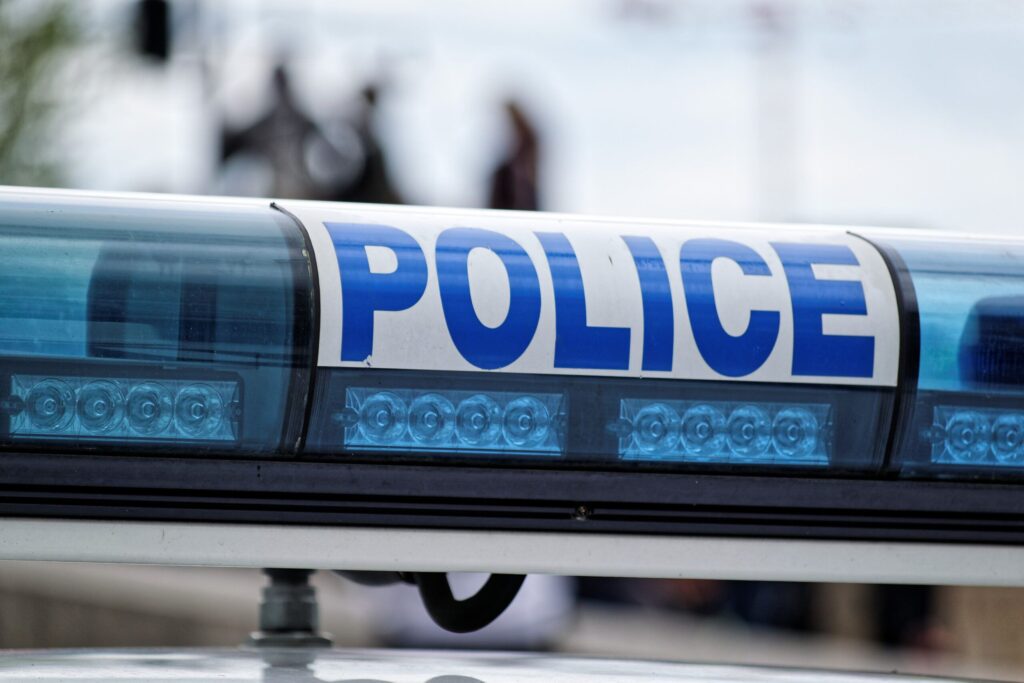
10. **Chemical Confirmatory Tests: The Growing Role of Saliva and Oral Fluid Screening**As drug impairment detection evolves, saliva tests and portable oral fluid screening devices are becoming vital tools for law enforcement. These methods offer a non-invasive and rapid way to test for drug presence directly at the roadside, providing immediate feedback to officers that can inform subsequent actions during a traffic stop.
Oral fluid screening devices operate by collecting a small saliva sample from the driver. This process is generally less intrusive than a blood draw and more immediate than waiting for urine collection. The sample is then analyzed on-site, with results often available within minutes, facilitating swift decision-making by the officer. This immediacy offers a significant advantage in time-sensitive roadside investigations.
A key benefit of these advanced oral fluid tests is their ability to detect the *active presence* of drugs, rather than just inactive metabolites. For example, if cannabis has been smoked or vaped, the active psychoactive ingredient, Delta-9 tetrahydrocannabinol (THC), will be present in the oral fluid within minutes. A positive result from such a device is a strong indicator of recent drug use, directly relevant to determining impairment at the time of driving.
This crucial distinction addresses the concern that cannabis can be detected for days or weeks after consumption. With oral fluid screening, this issue is mitigated because the tests specifically target active THC, ensuring that only drugs consumed within the last few hours produce a positive result. This provides a more accurate snapshot of current impairment, significantly enhancing the effectiveness of roadside drug detection efforts.
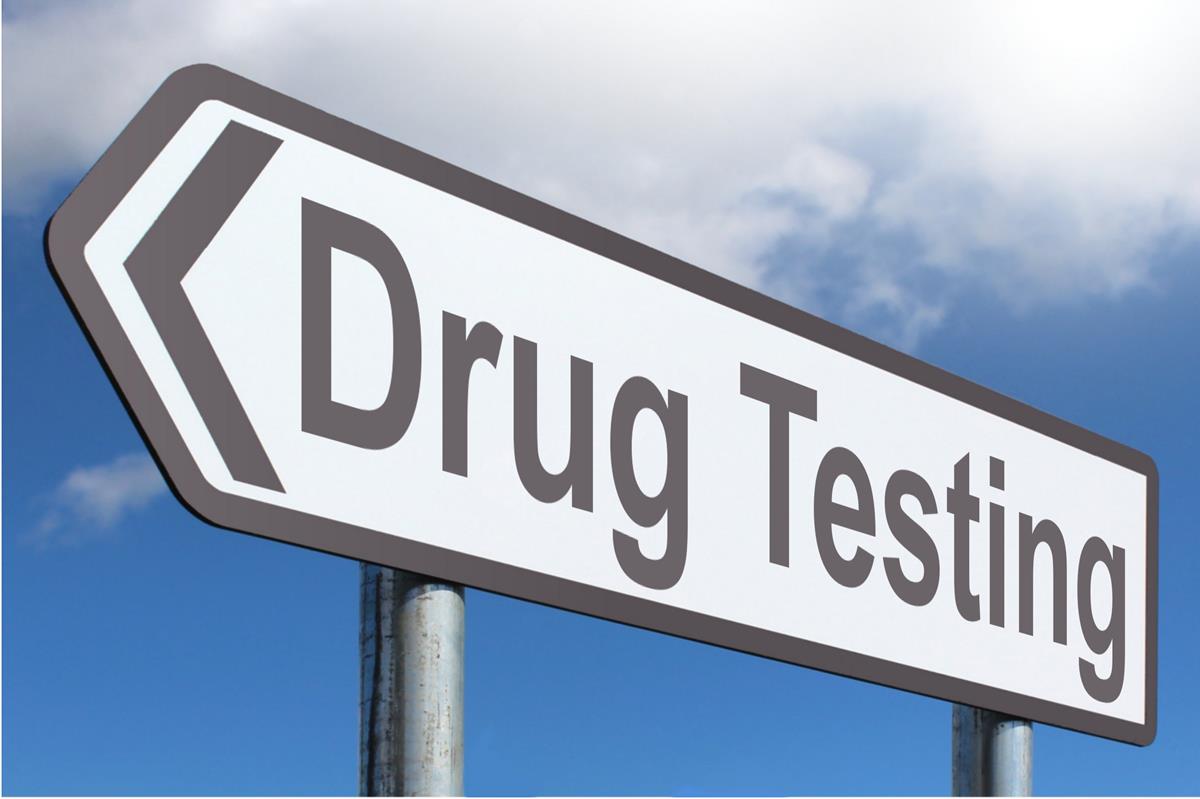
11. **Advanced Portable Drug Testing Devices: The Dräger DrugTest 5000**While breath tests are standard for alcohol, law enforcement continually seeks rapid solutions for drug impairment. Although no universal “breath test” for drugs exists, specialized portable devices are now deployed in the field. The Dräger DrugTest 5000, mentioned in the context, exemplifies these advancements in on-site drug screening technology.
The Dräger DrugTest 5000 allows officers to conduct preliminary drug screenings at the roadside. This device tests for a range of common illicit and impairing substances from a saliva sample. Its capabilities include detecting marijuana, cocaine, opiates, methamphetamine, methadone, benzodiazepines, and amphetamine. This broad spectrum makes it a valuable asset for officers navigating the varied landscape of drug-impaired driving scenarios.
The device operates simply yet effectively: an officer collects a saliva sample, which is then inserted into the portable analyzer. Within minutes, the device processes the sample and provides a clear indication of whether any targeted drug classes are present. This eliminates the need for visual interpretation, offering officers a more objective, rapid assessment during a traffic stop and aiding in decisions for further investigation.
It’s crucial to understand that while devices like the Dräger DrugTest 5000 reliably detect substances, they typically don’t determine exact concentration or directly quantify impairment levels. Their primary role is as a screening tool, indicating recent use and providing probable cause for more definitive chemical tests, such as blood draws. This tiered approach ensures both efficiency in initial detection and evidentiary strength for legal proceedings.
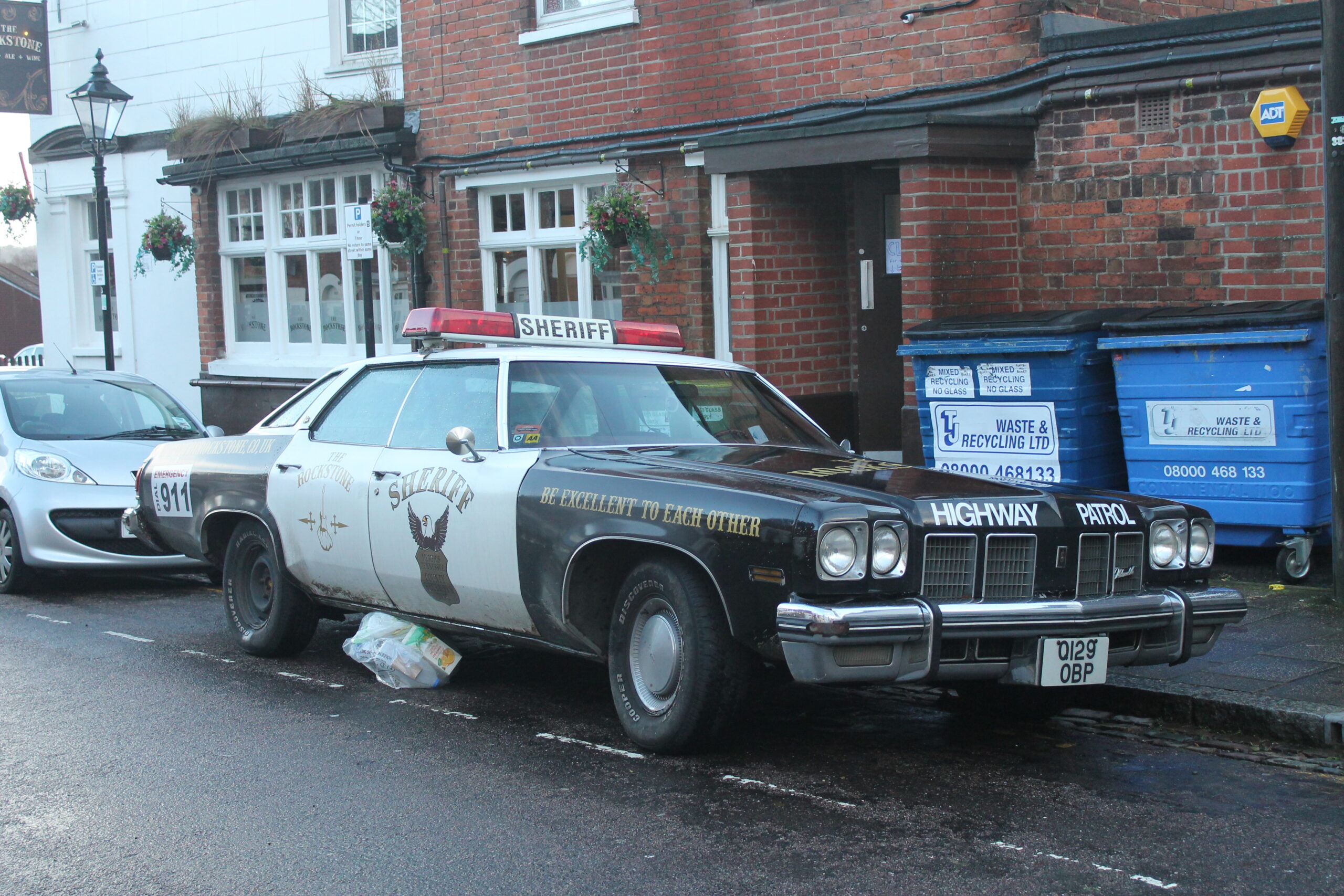
12. **The SoToxa Mobile Test System: Abbott’s Contribution to Roadside Safety**Among cutting-edge technologies combating drug-impaired driving, Abbott Laboratories’ SoToxa Mobile Test System stands out as a highly advanced solution. This innovative device specifically addresses the growing public health and safety concern of drugged drivers, offering a sophisticated and practical tool for law enforcement at the roadside.
SoToxa is designed for portability and field use, lightweight and compact, fitting comfortably in an officer’s hand. A crucial safety aspect is that the oral fluid (saliva) sample collection is performed by the suspect, maintaining safe distance and simplifying the process. This thoughtful design prioritizes both operational efficiency and officer well-being during roadside interactions.
Once the saliva sample is obtained with a simple swab, the officer inserts it into a cartridge and then into the portable analyzer. In less than five minutes, the analyzer interprets the data and determines test outcomes. It reports positive or negative for six common drug classes: amphetamines, benzodiazepines, cannabis, cocaine, methamphetamine, and opiates. This rapid, objective interpretation enhances reliability by eliminating subjective visual observations.
A particularly significant feature of SoToxa is its ability to measure only the *active presence* of drugs. This critical distinction means the device has a short detection window, primarily identifying drugs used within the last few hours. SoToxa screens for active THC, not inactive metabolites that can linger for days or weeks. This makes results directly tied to recent drug consumption and potential current impairment, making it highly relevant for real-time roadside assessment.
Abbott asserts that while no roadside drug test can claim 100% accuracy (confirmatory lab testing is still recommended), SoToxa represents one of the most advanced and reliable testing tools available. Its practical application and focus on active drug detection significantly contribute to public safety by aiding officers in confidently identifying drug-impaired drivers, thereby making our roads safer for everyone.
The battle against drug-impaired driving is multifaceted, fought with an ever-evolving arsenal of techniques and technologies. From keen observations and DRE evaluations to precise chemical tests and rapid, active-drug detection devices like SoToxa, law enforcement continually adapts to safeguard our roads. These methods, meticulously developed and refined, form a critical defense against preventable tragedies, ensuring communities can drive with greater peace of mind. As technology advances and drug policies shift, the commitment to comprehensive detection remains paramount, protecting every life that travels our highways.



